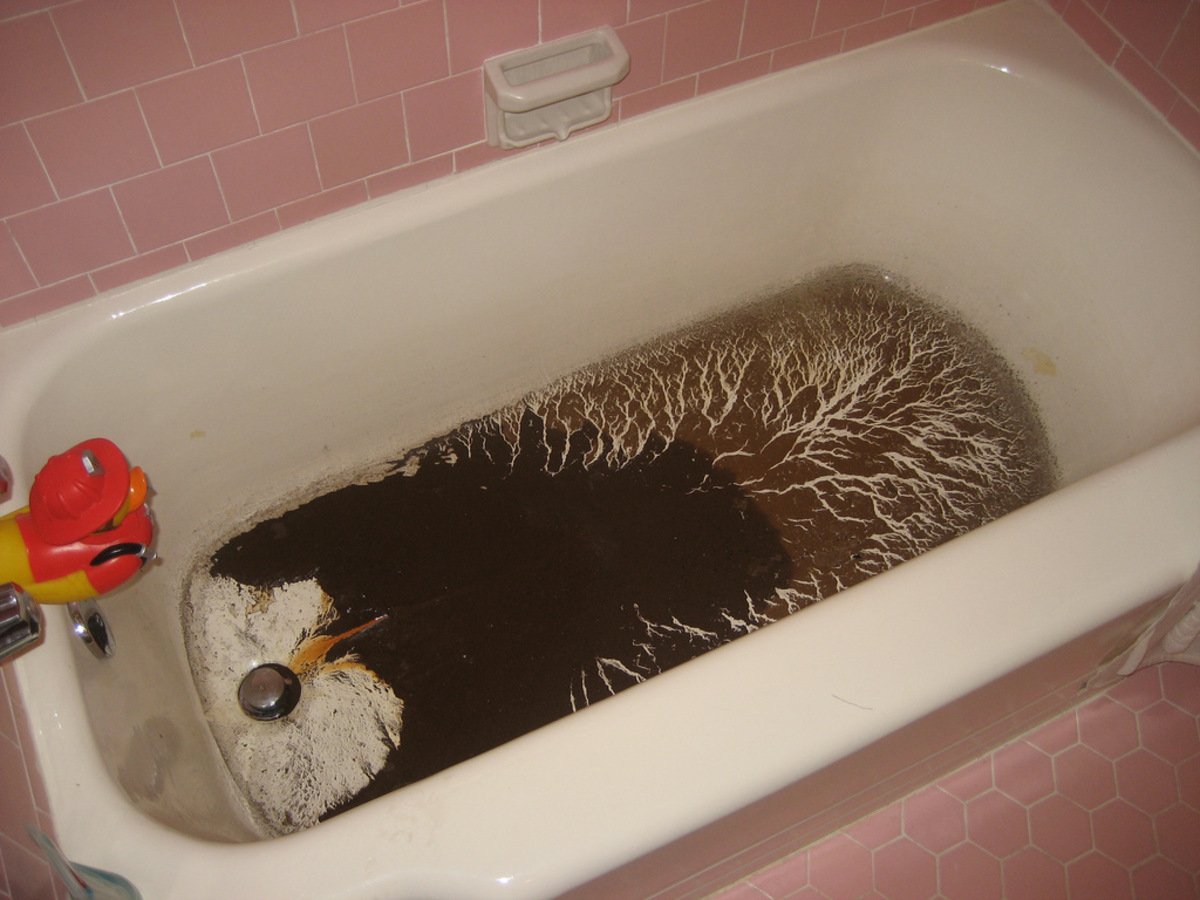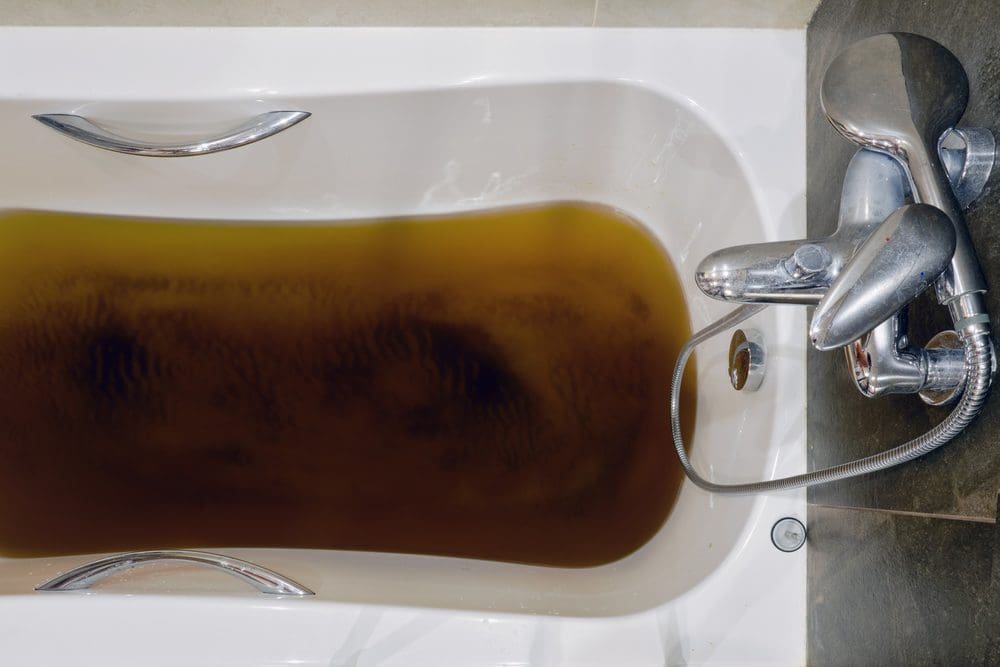Identifying the Causes of Effluent in the Bathtub
Call TodayThe content on the next paragraphs on the subject of Why is Sewage Backing Up Into My Bathtub? is seriously enjoyable. Read on and make your own personal conclusions.

Sewage back-up in the bathtub can be an upsetting and unhygienic issue for any house owner. Not just is it bothersome, yet it also postures major wellness risks and suggests underlying issues with the plumbing system. Comprehending why sewer is coming up with the bath tub is vital for taking suitable action to attend to the issue effectively.
Intro to the Concern
Usual Factors for Sewage Back-up
Clogs in the Sewage System Line
One of the most usual causes of sewer back-up is an obstruction in the sewage system line. This can happen because of the accumulation of particles, grease, or international objects in the pipes, stopping proper circulation and creating sewage to back up right into your bathtub.
Tree Origin Breach
Tree roots looking for moisture and nutrients can infiltrate drain lines via tiny fractures or joints. Over time, these roots can grow and expand, triggering substantial damage to the pipelines and causing sewage back-up issues.
Comprehending the Trouble
When sewer draws back up right into the bath tub, it's a clear sign of an issue with the water drainage system. The wastewater that ought to be streaming away from your home is instead finding its back into your space, which can result in substantial damages and carcinogen.
Potential Reasons
A number of variables can add to sewer back-up in the bath tub. From blockages in the sewer line to issues with the plumbing infrastructure, recognizing the root cause is essential for locating a solution.
Aging Infrastructure
Older homes may have obsoleted plumbing systems that are a lot more vulnerable to corrosion, fractures, and deterioration. As pipes age, they end up being more prone to leakages and clogs, enhancing the likelihood of sewer backup incidents.
Heavy Rainfall or Flooding
Throughout periods of heavy rainfall or flooding, the drain system may become overloaded with excess water, creating backups and overflows. This can cause sewage backing up right into bathtubs and various other fixtures inside the home.
Indicators of Sewage Backup
Foul Odors
Undesirable odors emanating from drains pipes or components, specifically in the bathroom, might suggest sewage backup problems. These smells are often solid and consistent, signifying an issue that needs prompt focus.
Slow Draining Fixtures
Bathtubs, sinks, and toilets that drain pipes slowly or not at all could be experiencing sewage backup. If multiple fixtures are influenced concurrently, it's most likely that the problem originates from a common factor, such as the primary drain line.
Gurgling Sounds
Strange gurgling or gurgling sounds originating from drains when water is running in other places in your house are a sign of air trapped in the plumbing system. This air accumulation can result from sewage backup and need to be explored quickly.
Health And Wellness Dangers Associated with Sewer Backup
Contamination of Water Supply
Sewer back-up can infect the supply of water in your house, posing a major wellness threat to you and your family. Direct exposure to contaminated water can lead to gastrointestinal problems, skin infections, and various other diseases.
Mold and mildew Development
Dampness from sewage back-up can create excellent problems for mold growth in your home. Mold and mildew spores can aggravate respiratory issues and trigger allergies in sensitive people, making punctual cleanup essential.
Spread of Condition
Sewer consists of hazardous bacteria, infections, and parasites that can trigger a range of illness, including liver disease, cholera, and gastroenteritis. Entering contact with sewer or infected surface areas puts you in jeopardy of infection.
Cleaning Up After Sewer Back-up
Sanitation Procedures
Extensively disinfect and sanitize affected locations after sewer backup to eliminate dangerous microorganisms and prevent mold and mildew growth. Usage proper cleaning items and protective equipment to make sure safe and efficient clean-up.
Repair of Affected Locations
Fix any kind of damage to flooring, walls, or fixtures brought on by sewage back-up. Depending upon the level of the damages, you might need to replace carpets, drywall, or other materials to restore your home to its pre-loss condition.
Immediate Actions to Take
Shutting Off Supply Of Water
In the event of sewage back-up, it's essential to turn off the supply of water to prevent additional contamination and damage. Situate the primary water shutoff valve in your home and closed it off up until the issue can be solved.
Speaking To a Professional Plumber
Managing sewer backup is not a do it yourself job. Contact an accredited plumber with experience in dealing with sewage-related issues to analyze the circumstance and perform needed repair work or cleanings.
Avoiding Contact with Contaminated Water
Up until the sewage backup is settled, avoid contact with polluted water to avoid the spread of germs and microorganisms. Use protective gear if you should remain in the damaged location and wash your hands thoroughly later.
Safety nets
Routine Upkeep of Sewage System Lines
Arrange routine examinations and maintenance of your sewer lines to identify and deal with prospective problems prior to they rise into significant problems. This can consist of clearing out debris, checking for tree origin invasion, and repairing any damaged pipes.
Mounting Bayou Valves
Consider mounting bayou valves in your plumbing system to stop sewer from receding right into your home throughout durations of heavy rainfall or flooding. These valves automatically close when water draws back up, safeguarding your property from contamination.
Correct Disposal of Household Waste
Stay clear of purging anything aside from toilet tissue and human waste down the bathroom to prevent obstructions and obstructions in the sewer line. Dispose of oil, oil, and other household chemicals effectively to decrease the risk of plumbing issues.
Why Is Water Backing Up in My Bathtub When I Flush My Toilet?
What to do about a sewer line clog
First, don’t bother with plunging. No amount of plunging will dislodge the clog in a sewer line. The clog is too far away. Plungers are for clogs in the toilet itself, not the sewer line. Plus, the most likely causes of a sewer clog are:
Tree roots Flushed toys or feminine products Grease buildup Those items don’t move easily. And in the case of tree roots, the roots need to be cut out of the pipe and the pipe will need to be repaired.
You’ll need a closet auger. A closet auger is a type of plumber’s snake with a protective cover to keep from scratching the delicate porcelain toilet. If the clog is further down, you may need to remove the toilet or use one of your cleanouts to get to the clog.
We also recommend doing a video inspection of the drain to ensure that the cause of the clog has been completely removed. Otherwise, you could have the same problem again in a few days or weeks.
https://mspplumbingheatingair.com/blog/why-is-water-backing-up-in-my-bathtub-when-i-flush-my-toilet

Do you really like reading about What To Do If Sewage Starts Backing Up Into the Shower? Write a remark down below. We would be glad to hear your thoughts about this page. Hoping that you visit us again later on. Sharing is good. Helping others is fun. Thanks for your time. Kindly check our website back soon.
This Page